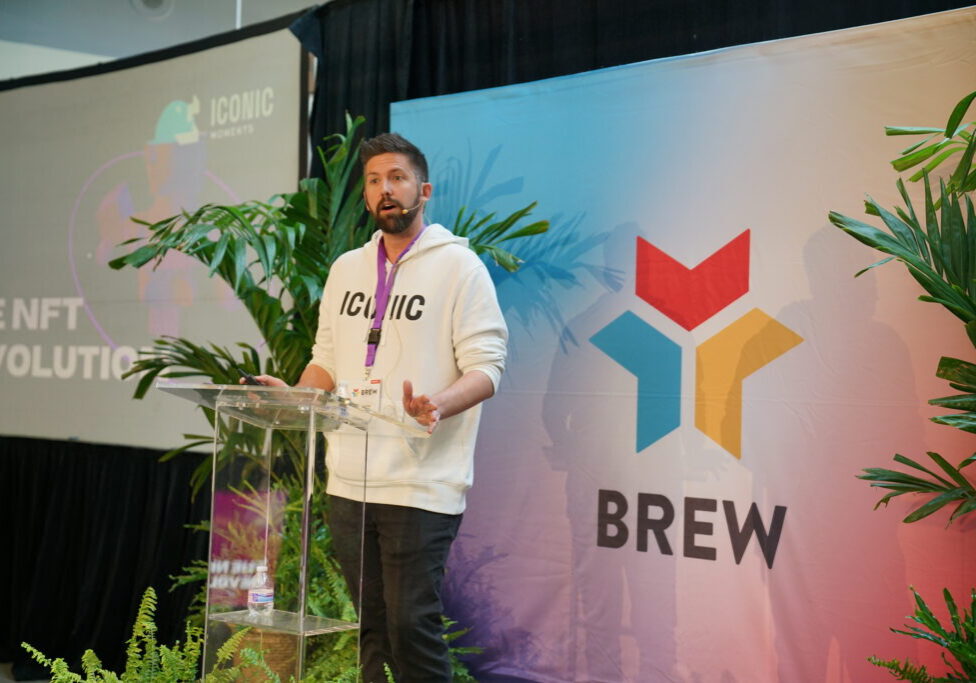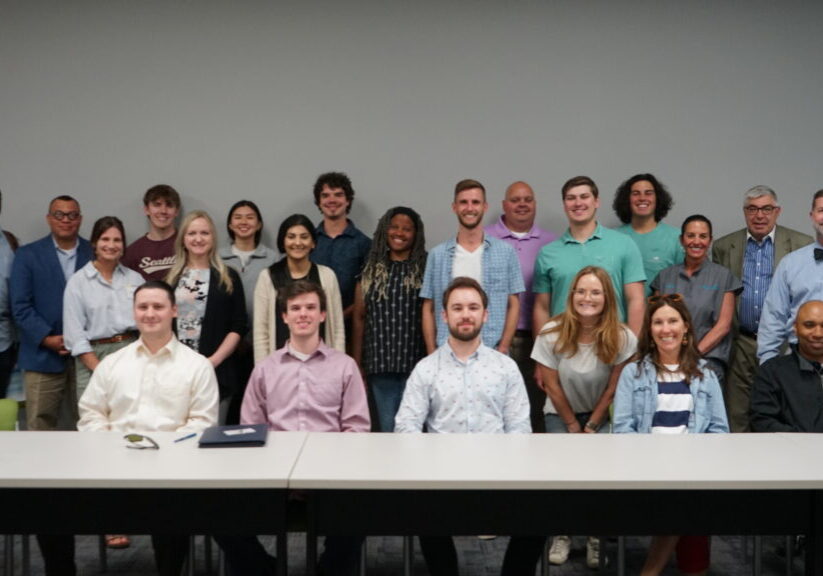Local tech startup Directed Analytics recently received good news: The National Science Foundation (NSF) selected the team’s proposal for a Small Business Technology Transfer (STTR) Phase I research and development grant and is awarding $256,000 to fund core product research.
The tech startup, led by CEO Jody Mitchell, aims to develop a system that educational organizations such as school districts and higher ed programs can use to help students with developmental disabilities increase their employability skills.
Receiving this award empowers the team to move forward with developing the product. In addition to Mitchell, that team includes Michael Faggella-Luby, core faculty in the Alice Neeley Special Education Research & Service Institute at Texas Christian University, which Directed Analytics partnered with when submitting the NSF proposal and Derrick Wesley, educational program director for Directed Analytics and former transition specialist.
“The award is basically an NSF seed investment into your company,” Mitchell says. “You can use the award to fund all of the work that’s being done for a particular project: for the deliverables and the objectives of the research that you’ve agreed to in your proposal.”
Mitchell and his team are proud of their accomplishments and are ready to take the next steps in their mission to improve the lives of individuals with developmental disabilities.
Defying the Odds
Developing and submitting a proposal in response to an NSF STTR Phase I solicitation is no easy task — and there’s no guarantee of a positive outcome. In fact, prospects must submit a project pitch that the NSF has to approve before they can be invited to submit a full proposal, Mitchell says. And the next round of evaluations is more exclusive. Only about 10% of STTR Phase I full proposals are approved to receive an award.
To increase their chances of earning the grant, Mitchell and his team secured Phase 0 funding (up to $2,000) offered by the Louisiana Technology Transfer Office at Louisiana State University. Using that money, they were able to work with a consultant to provide subject matter expertise on their proposal before submitting it.
The entire process, from their initial pitch to their recent success, took about 17 months.
Making Employment More Accessible
Mitchell’s passion and enthusiasm for the project have attracted equally passionate team players who are the heart and soul of the product. Mitchell was driving when he received the news of the award and pulled over to share the moment with his team.
“I’m a parent of a child with a disability. I want my kid to be competitively employed in the workforce,” Faggella-Luby says. “We couldn’t do it if somebody like Jody wasn’t running a company that says, ‘These young adults count, too.’”
The team’s goal is to develop a product that can provide a clear path to employability for young adults with developmental disorders. The ideal candidate for the product might be, for example, a 19-year-old student with autism spectrum disorder seeking competitive employment.
“How do we get this student from where they presently are to being able to apply, do well in the interview, then go to work and have the necessary skills to obtain and maintain employment in perpetuity?” Wesley says. “This product takes baseline factors on their behavior needs, strengths, interests — and then prescribes a pathway to get there.”
Taking the Next Steps
With the R&D funding in hand, the Directed Analytics team is ready to move forward with their development process.
To demonstrate the product’s viability, the team has already identified school districts that have agreed to participate in the R&D effort. Now the team is letting those school districts know that the research has been funded and that they’re ready to begin data collection.
“Now, what we want to do is go meet with those consumers and figure out, how do we really collect this data in a meaningful way?” Faggella-Luby says. “The second part is going to be, how do we code the data?” Over the next few months, the team will be getting the data to answer these questions.
After six months of implementing Phase I, the team can apply for Phase II of the R&D grant for up to $2 million in additional funding. “From our perspective, we want to make significant progress and be able to communicate a clear and attainable path forward,” Mitchell says. “We want to have a strong case for being awarded funding for Phase II.”


![me 2018[20] me 2018[20]](https://nexusla.org/wp-content/uploads/bb-plugin/cache/me-201820-landscape-1a815f07c33206f1d4befd0eb61b317c-.png)
